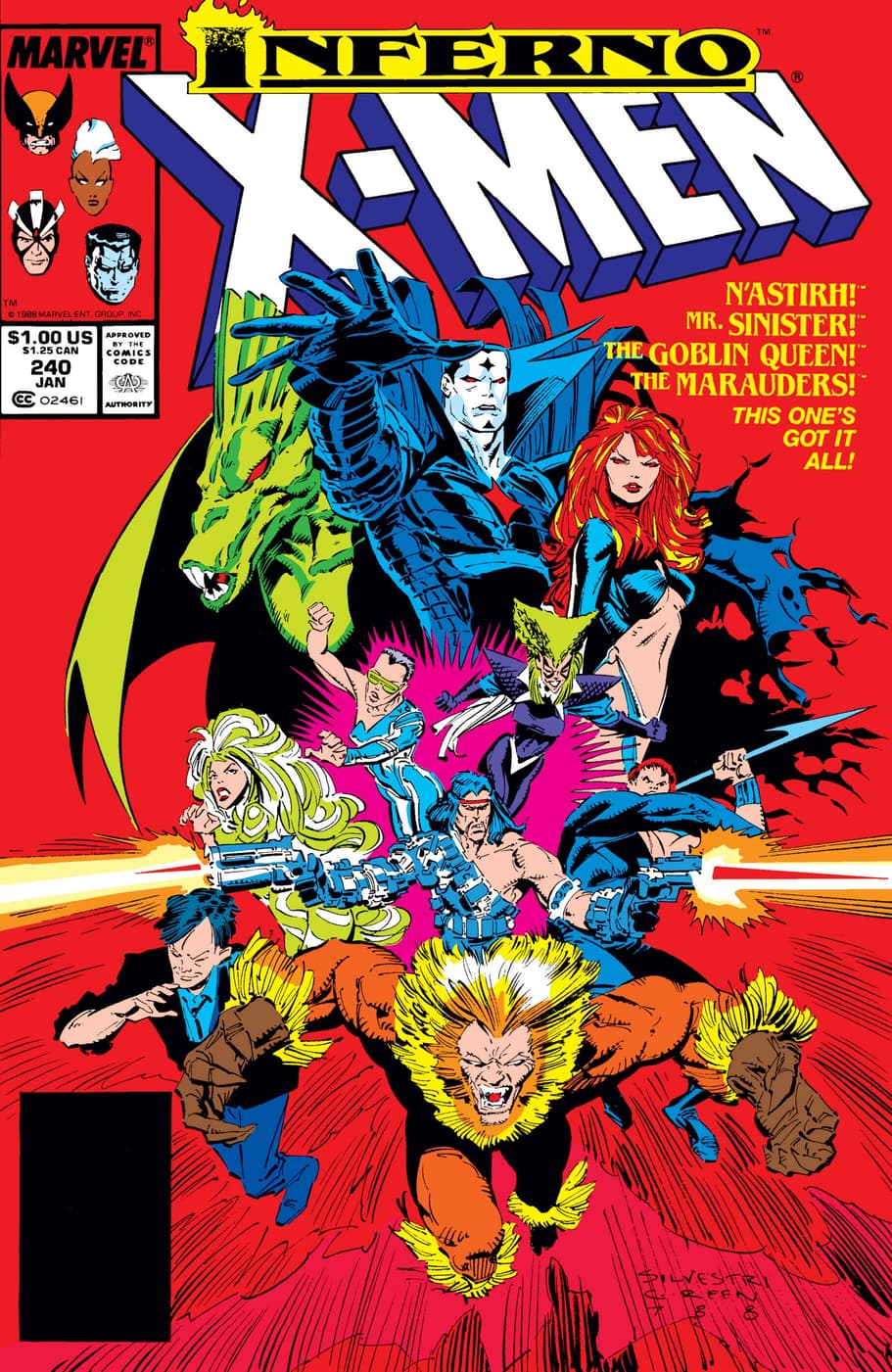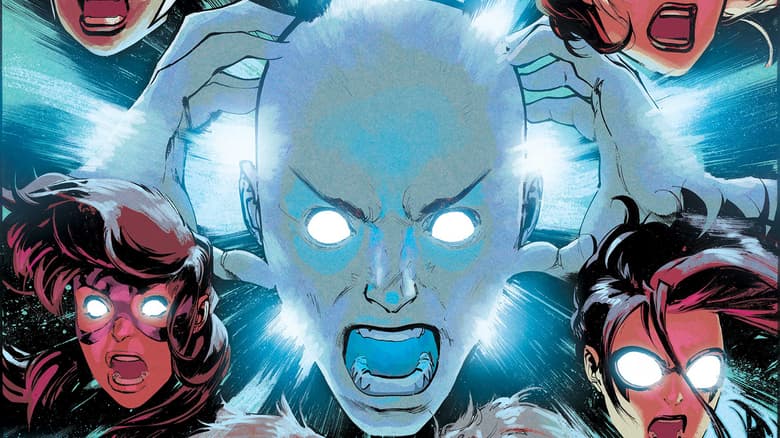See the X-Men Comics That Inspired ‘X-Men ‘97’
Jake Castorena and Dana Vasquez-Eberhardt join ‘The Official Marvel Podcast’ to talk ‘X-Men ’97’ and how they found inspiration in the comics.
The X-Men ’97 team didn’t just look to the original animated series for inspiration. The 10-episode show (now streaming on Disney+) is a love letter to decades of X-Men comics, adapting and remixing some of the series’ most iconic storylines.
Supervising producer Jake Castorena and co-executive producer Dana Vasquez-Eberhardt joined the latest episode of The Official Marvel Podcast, where they opened up about bringing X-Men ’97 from page to screen. The pair explained that they wanted to follow in the footsteps of the original animated series by leaning heavily on X-Men comics. The result is a treasure trove of callbacks and references for eagle-eyed comic fans.
“Obviously, the OG show was going to be our north star, and in order to do that justice, you have to look at: What was the OG show’s north star?” Castorena explains. “They didn’t have a show, so they went to the comics. They pulled a lot from the books, so for us to be a spiritual successor, we needed to be also doing the same.”
Here, Castorena and Vasquez-Eberhardt break down a few of their favorite comic references in X-Men ’97. (Some spoilers ahead!)
THE TRIAL OF MAGNETO

Episode 2 of X-Men ‘97, “Mutant Liberation Begins,” borrows heavily from the iconic 1985 issue UNCANNY X-MEN #200, “The Trial of Magneto,” written by Chris Claremont with art by John Romita Jr. The episode follows Magneto as he surrenders to the United Nations and agrees to face trial, only for the anti-mutant group Friends of Humanity to attack.
As a longtime fan, Castorena says he geeked out over the chance to bring “The Trial of Magneto” to the screen, particularly the legendary cover image of Magneto standing in manacles. “Getting to put that cover on screen almost verbatim was great,” Castorena says. “It’s stuff that the audience wants.”
MAGNETO VS. WOLVERINE

Another of Castorena’s favorite moments comes in Episode 9, “Tolerance is Extinction – Part 2.” The episode ends with Magneto using his powers to rip the adamantium metal from Wolverine’s skeleton — a brutal sequence that comes directly from the 1993 issue X-MEN #25.
Castorena calls it an “iconic” but “sad” image, and he wanted to evoke the same emotional effect on the screen. Still, adapting the scene from a vertical comic page to a horizontal TV shot took some creativity.
“In that panel, you don’t see Wolverine’s feet or legs,” Castorena explains. “Below the shin, it’s kind of gone. But in our shot, you see all of Wolverine, based on how the composition is. So, a fun little note was to go in [and say], ‘He’s got adamantium coming out of his whole body. So, why not his toes?’”
MEET THE GOBLIN QUEEN

Episode 3, “Fire Made Flesh,” draws from the famed 1989 crossover event INFERNO, chronicling how Jean Grey was cloned by the evil geneticist Mister Sinister. That clone, Madelyne Pryor, was corrupted by demonic influence and became the villainous Goblin Queen.
Madelyne Pryor’s INFERNO storyline has long been a fan favorite, and Vasquez-Eberhardt calls it the “journey of a woman who’s feeling ostracized by the people who should celebrate her, who’s trying to find her independence and autonomy, and who’s frankly getting really ticked off at the circumstances that she finds herself in.”
Vasquez-Eberhardt notes that the original animated series excelled at adapting dense, dramatic stories from the comics and condensing them into tight episodes of television. The goal for X-Men ’97 was to do the same, and although the episode covers just a “sliver” of Madelyne Pryor’s story, Vasquez-Eberhardt hopes it satisfies both total newcomers and longtime comic readers.
“How do you bring in these iconic stories and pack it into one half-hour episode?” she explains. “[Episode 3] is a great example, I think, of where we were able to do it. As fans, it felt satisfying and fun to us. And it leaves the door open.”








